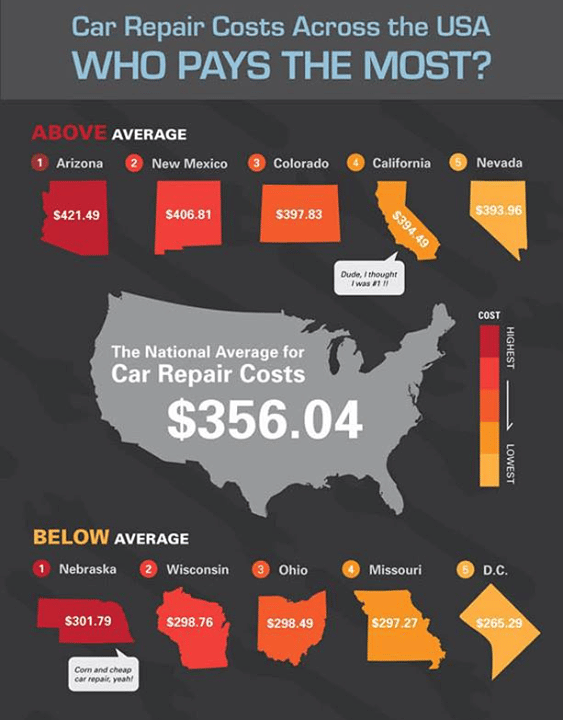Checking Out The Genuine Analysis Of Your Automobile'S Caution Lights
Checking Out The Genuine Analysis Of Your Automobile'S Caution Lights
Blog Article
Created By-Kessler Ferguson
When you're behind the wheel, those radiant caution lights on your control panel can be a little bit perplexing. Do you understand what they're trying to inform you concerning your vehicle's health and wellness? Comprehending the importance of these lights is vital for your safety and security and the longevity of your vehicle. So, the next time among those lights turns up, would not you want to understand its message precisely and take the necessary actions to resolve it?
Common Caution Lights and Interpretations
Identify typical warning lights in your car and recognize their meanings to ensure safe driving.
One of the most typical warning lights consist of the check engine light, which indicates problems with the engine or emissions system. If this light comes on, it's important to have your automobile inspected quickly.
The oil pressure warning light shows reduced oil stress, calling for instant interest to avoid engine damage.
A blinking battery light may suggest a damaged billing system, potentially leaving you stranded if not resolved.
The tire stress monitoring system (TPMS) light signals you to reduced tire pressure, affecting vehicle security and fuel effectiveness. Neglecting this could lead to hazardous driving problems.
visit the next website shows a problem with the anti-lock braking system, endangering your ability to quit promptly in emergencies.
Finally, the coolant temperature level warning light warns of engine overheating, which can result in severe damage if not resolved quickly.
Understanding these usual warning lights will aid you resolve problems immediately and preserve secure driving conditions.
Importance of Prompt Attention
Comprehending the usual caution lights in your cars and truck is just the primary step; the importance of immediately attending to these cautions can not be highlighted sufficient to guarantee your safety when traveling.
When a caution light illuminates on your control panel, it's your cars and truck's way of communicating a potential problem that needs focus. Overlooking these cautions can bring about more severe issues later on, jeopardizing your safety and security and possibly costing you much more in repairs.
Prompt focus to warning lights can stop malfunctions and crashes. For example, a flashing check engine light might indicate a misfire that, if left unattended, can cause damage to the catalytic converter. Addressing this quickly can conserve you from a pricey repair service.
Similarly, a brake system alerting light could signify reduced brake liquid or used brake pads, crucial components for your security when driving.
Do It Yourself Troubleshooting Tips
If you see a warning light on your dashboard, there are a couple of do it yourself troubleshooting suggestions you can try before looking for professional help.
The first step is to consult your vehicle's guidebook to comprehend what the particular caution light indicates. Occasionally https://spectrumnews1.com/oh/columbus/news/2022/05/13/shortage-of-auto-techs can be as simple as a loosened gas cap activating the check engine light. Tightening up the gas cap might resolve the problem.
One more typical issue is a reduced battery, which can cause different warning lights. Inspecting Suggested Web site for deterioration and ensuring they're safe may fix the problem.
If a warning light continues, you can try resetting it by detaching the cars and truck's battery for a few mins and then reconnecting it. Additionally, examining your car's fluid levels, such as oil, coolant, and brake liquid, can aid troubleshoot cautioning lights associated with these systems.
Final thought
Finally, understanding your automobile's caution lights is necessary for maintaining your car running efficiently and securely. By without nubrakes mobile brake repair addressing these informs and understanding what they indicate, you can avoid expensive fixings and prospective malfunctions.
Bear in mind to consult your car's guidebook for certain information on each alerting light and act appropriately to ensure a hassle-free driving experience.
Stay educated, remain safe on the road!
